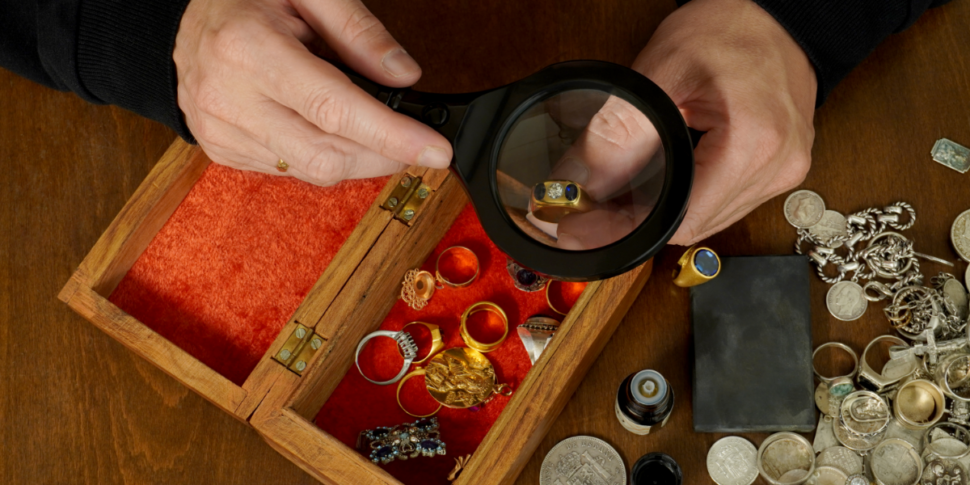When it comes to precious metals, authenticity is paramount. For pawn shops, the integrity of their transactions hinges on the ability to distinguish real gold from counterfeit items. This capability not only ensures that sellers receive fair value for their assets but also upholds the legal compliance obligations that pawn shops must adhere to. In this post, we’ll unpack the methods pawn shops employ to authenticate gold, highlighting key signs that separate the genuine article from elaborate fakes.
The Risks of Counterfeit Gold
In the murky waters of the precious metal trade, counterfeit gold presents a significant financial threat. For the unsuspecting buyer or pawnbroker, what appears as a solid investment could simply be a highly polished deception. The sophistication of counterfeit techniques has seen an alarming rise, making gold identification a more nuanced and critical skill than ever before.
Legal Obligations of Pawn Shops
Pawn shops carry the weight of legal and reputational risks if they fail to authenticate gold properly. The repercussions of exchanging fake gold for cash can lead to reputational damage and legal entanglements, including unwitting involvement in money laundering and receiving stolen property.
Methods of Authenticating Gold
Pawn shops have at their disposal a range of techniques to test the authenticity of gold. These methods vary in complexity and resources required, but their common aim is to ascertain the purity and composition of the gold being assessed.
Visual Inspection
The initial assessment often begins with a visual inspection. Traits such as color, sheen, and the presence of any stamping or hallmarks are noted. However, visual inspection alone can’t always provide conclusive evidence of authenticity.
Acid Testing
This method, involving the application of acids of varying strengths to the gold, is a tried and true practice. The reaction the metal has with the acids gives a strong indication of its purity but can damage the gold in the process.
X-ray Fluorescence Spectrometry
Here, specialized equipment uses X-rays to determine the elemental composition of the gold, offering a non-destructive and highly accurate assessment.
Electronic Gold Testing
With electronic gold testing, a device measures the metal’s electrical conductivity, a trait unique to gold, for a quick and non-invasive verdict on authenticity.
Common Signs of Authentic Gold
Beyond test results, several inherent characteristics of real gold are helpful indicators.
Hallmarks and Stamps
Authentic gold often bears stamps or hallmarks indicating its purity and origin.
Weight and Density
Gold has a specific density and weight that is unique among most metals, providing a non-subjective measure of authenticity.
Magnetism
Gold is not magnetic, so any attraction to a magnet would signal a possible counterfeit or adulteration of the gold.
Color and Luster
The distinctive rich color and luster of gold are difficult to replicate and can signal authenticity to the trained eye.
Conclusion
Ultimately, the privilege of authenticating gold comes with the responsibility to ensure that transactions are grounded in trust. At Centreville Gold & Pawn, our team of experts combines cutting-edge technology with time-honored knowledge to provide a transparent and secure gold authentication process. When it’s gold you’re dealing with, let our tested methods reassure you that you’re getting the real thing. Trust Centreville Gold & Pawn for your gold evaluation needs.

